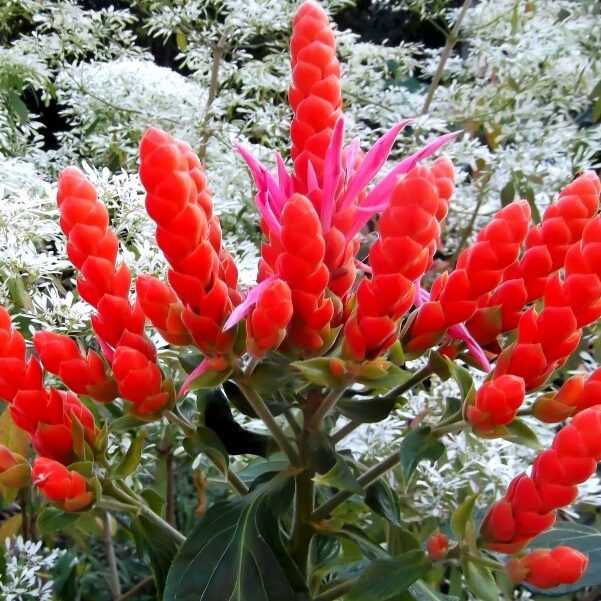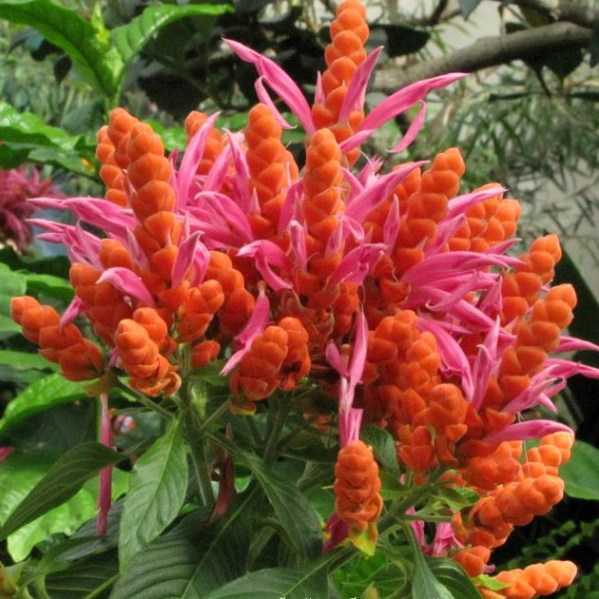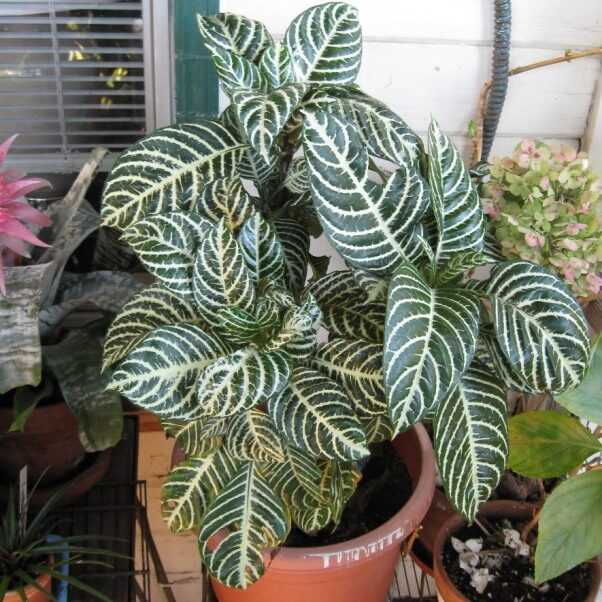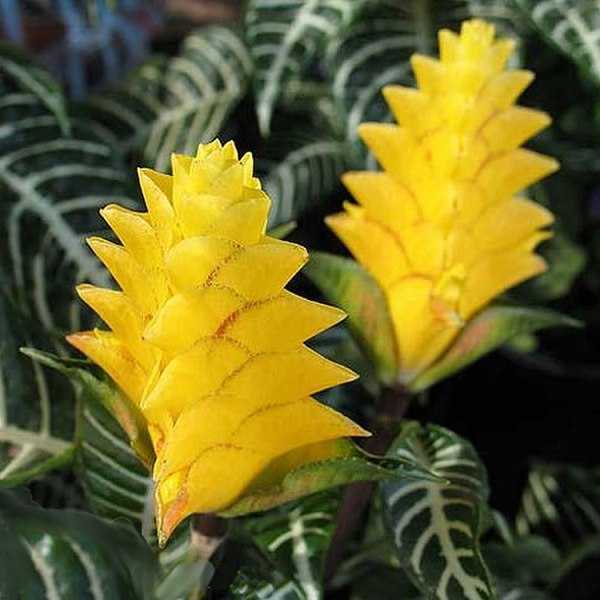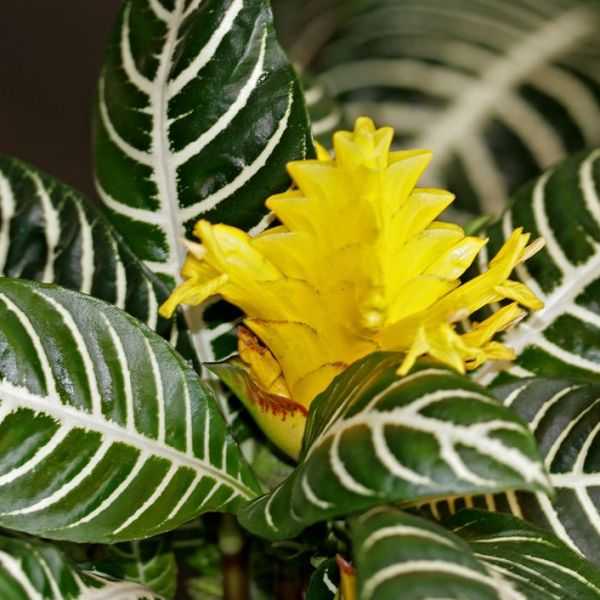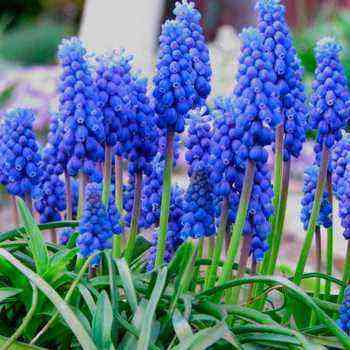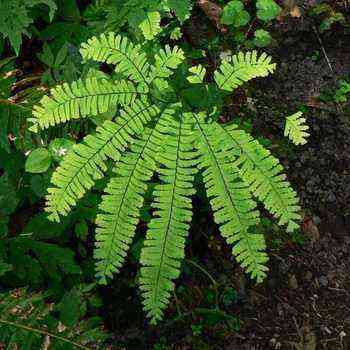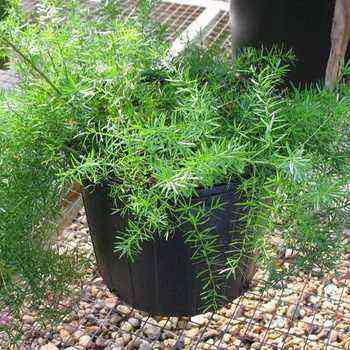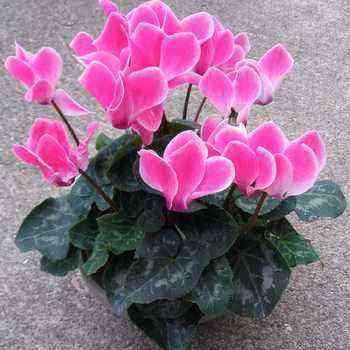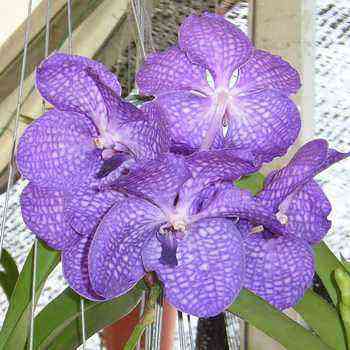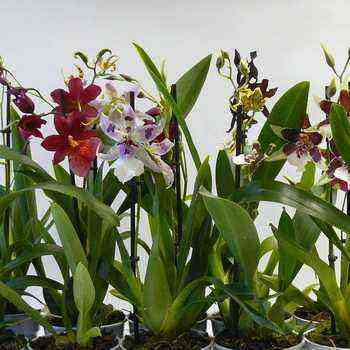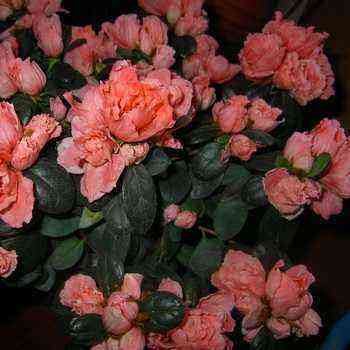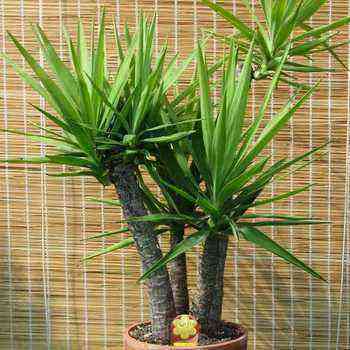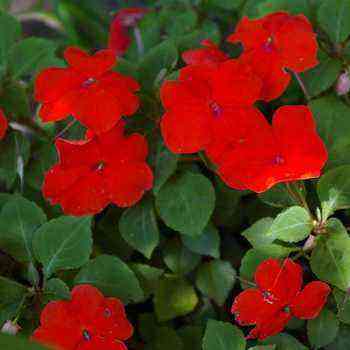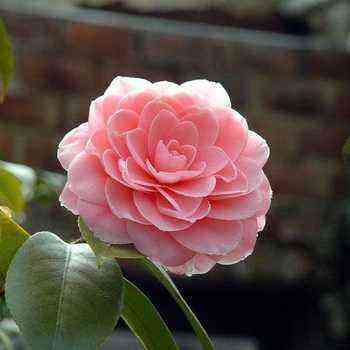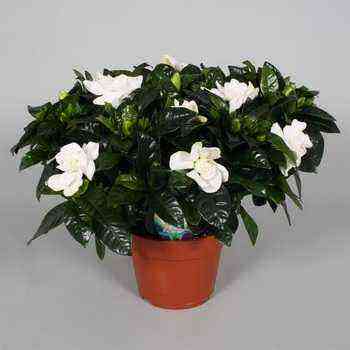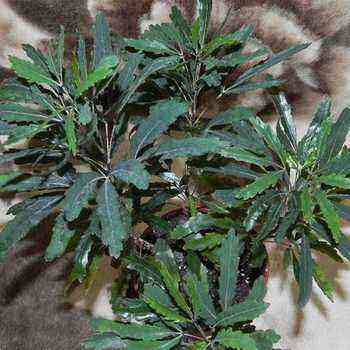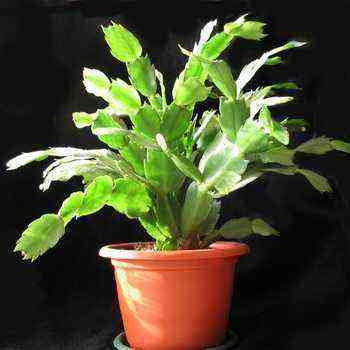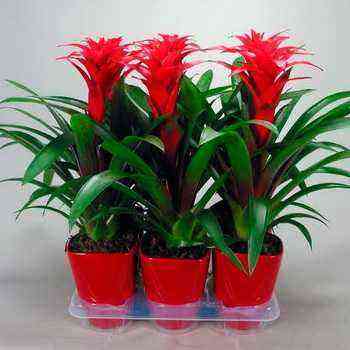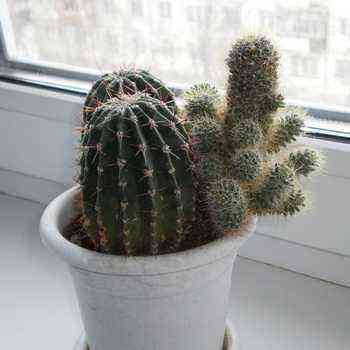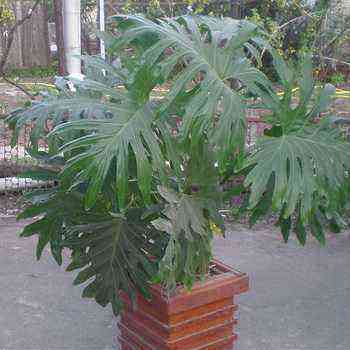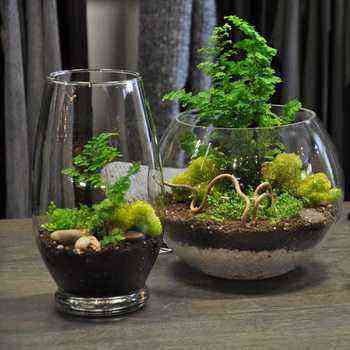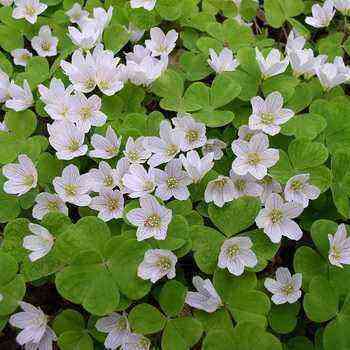The Afelandra flower is an ornamental representative of the genus with 170 subspecies of flowering plants of the Acanthus family. The aphelandra flower grows in the Americas. We offer you a material that describes the plant and tells how to care for the Afelandra at home, achieving active and long-lasting flowering.
Description of Afelandra and her photo
Afelandra is an evergreen bush one to two meters long and leaves with snow-white veins up to 30 centimeters. The flowers grow with dense thorns and picturesque bracts.
Some of the species with patterned foliage and bright inflorescences are used as a houseplant. The color of the flowers of Afelandra can be bright red, orange-scarlet. This is a general description of the flower, and then you can see the Afelandra in the photo:
How to care for Afelandra
Caring for an aphelandra is not so difficult if you provide it with a high level of humidity and warm air during the growing season. Before caring for afelandra, read the simple rules of these agrotechnical measures.
You can grow it not only in the house, but also outdoors in mild climates and with soil rich in humus. If you cannot provide the flower with these conditions, then it is better to transfer it to a house or greenhouse.
When growing in an apartment or greenhouse, use a drainage pot filled with equal parts clay, peat and sand. Place the Afelandra container in a room with bright but not direct light. It is worth watering it very carefully, but you should know that waterlogged or overly dry soil can lead to foliage falling off.
During the growing season, when caring for apheland, “feed” the flower with liquid fertilizers, and after the end of the growth process, reduce the amount of watering. Splitting off is not necessary, because you will already get one stem with a thorn-shaped flower at the exit.
An important aspect of how to care for an Afelandra is the timely transplantation and reproduction of the plant in various ways and ways. Aphelendra can be propagated by cuttings. In the spring, remove the side shoots or old branch and then insert them into the sand (if growing in a greenhouse). As long as the roots are not branching, they should be placed in the open field for several days. Only then can they be transplanted into separate pots.
Seeds are also advised to be planted in spring in containers with sandy peat and loam. High air temperature and regular watering will allow the first shoots to grow in a few months.
Afelandre scuarrosa
Afelandro scuarrosa is also commonly referred to as a zebra plant because of the white stripes on the surface of the leaves. It is a type of flower of the Acante family, native to the Atlantic part of the forest vegetation in Brazil. It is often used as an indoor flower because of the picturesque leaves with white veins and a beautiful yellow bracts.
The flower loves a lot of light, but not a direct source. Afelandra scuarrosa does not bloom often, but you can stimulate the process with daily, prolonged exposure to sunlight. It is also very sensitive to moisture – too much or too little moisture causes brown spots on the foliage and further fall off (water often, but little by little, but rarely and abundantly).
The plant blooms at a temperature of 18-21 ̊С, and if it falls below 15 degrees and keeps this way for a long time, then the probability of the death of the aphelandra is high.
